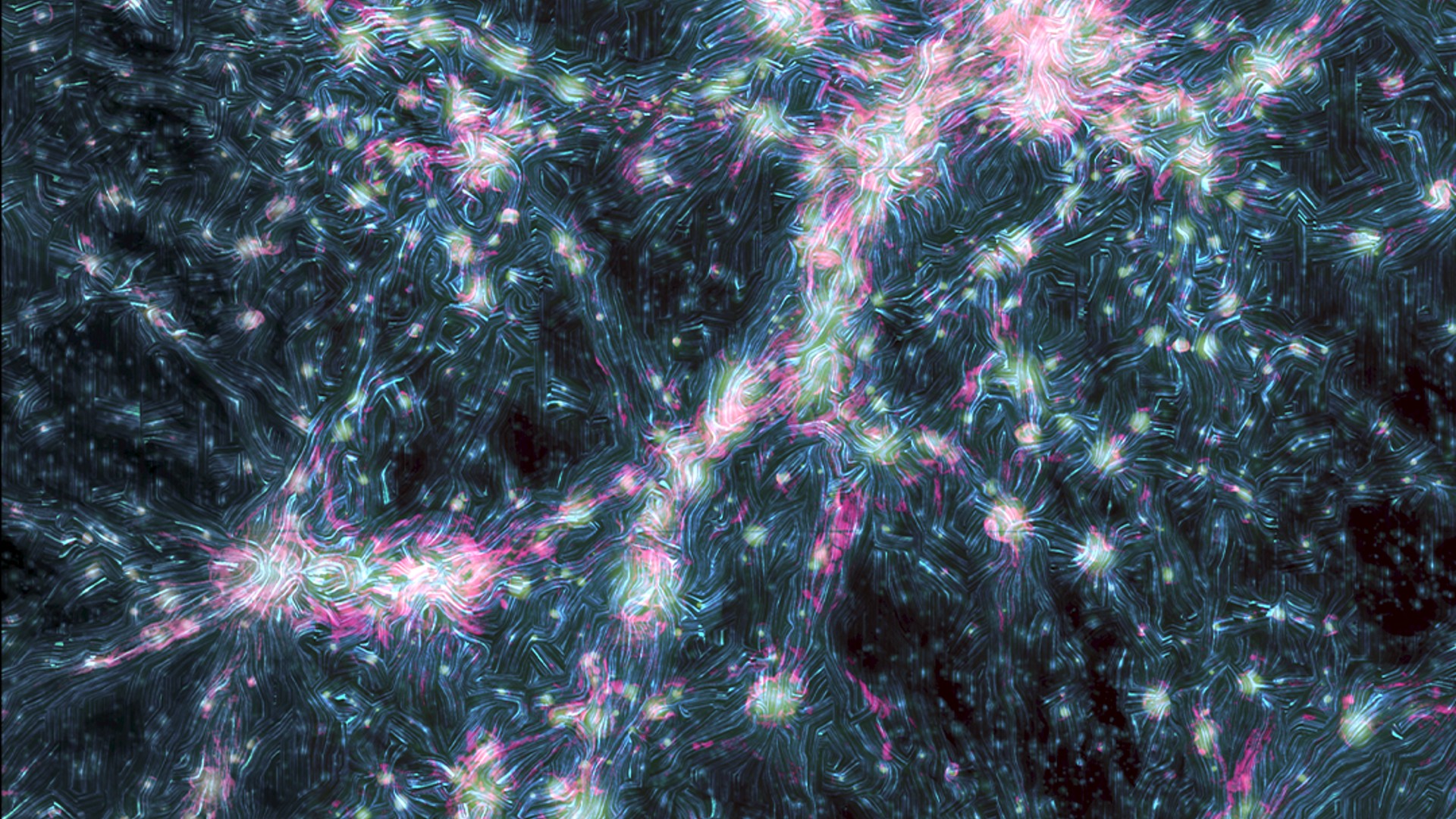Fastest exoplanet ever is dragged through space at 1.2 million mph by hypervelocity star
"It will be the first planet ever found orbiting a hypervelocity star."
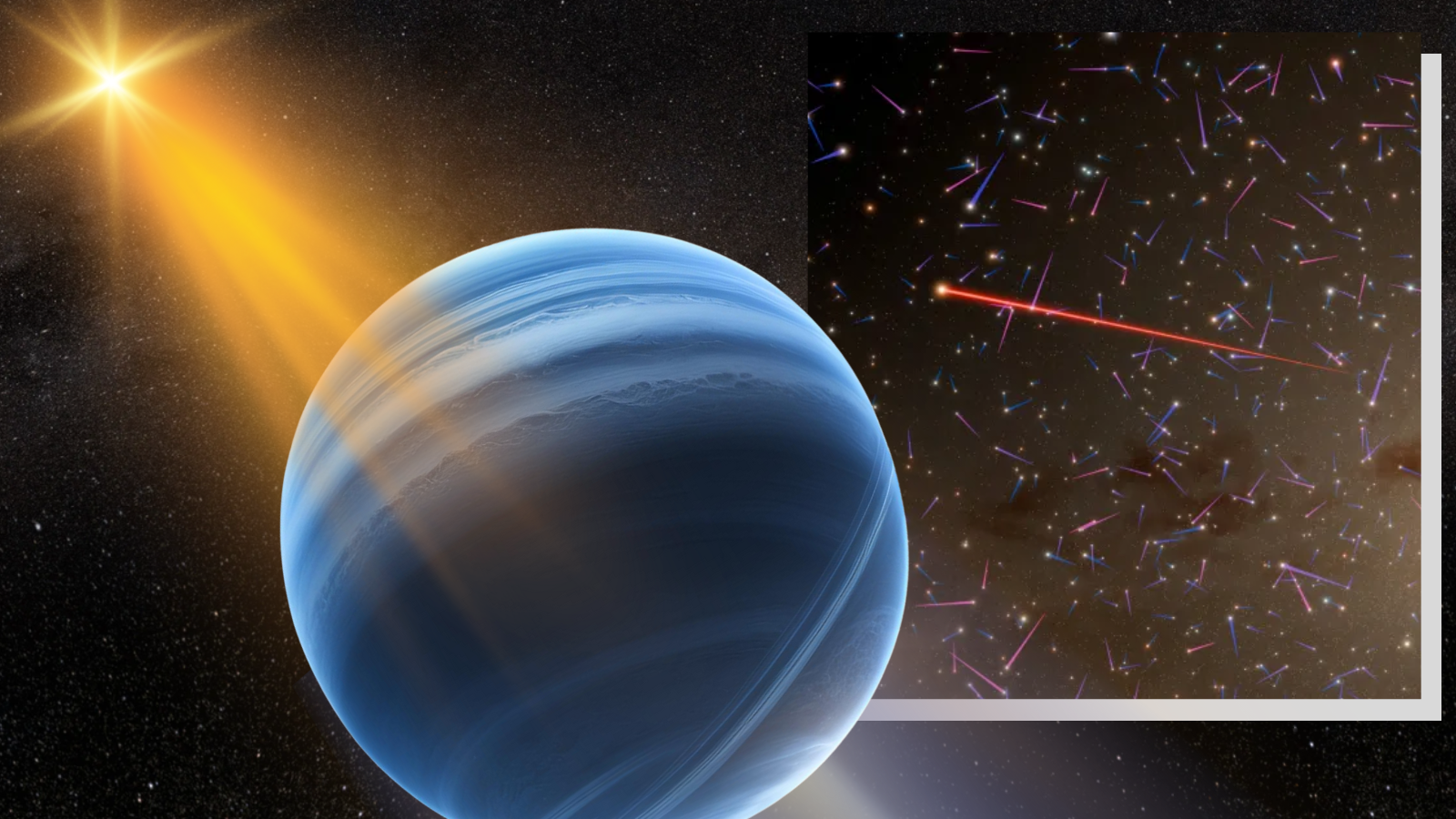
Is it a bird? Is it a plane? No, it's super Neptune! But this Superman-mimicking planet is not blasting through space on its own. It is being dragged along by its parent star.
NASA scientists have discovered what they suspect is the hypervelocity star racing through space with a Neptune-like planet in tow. The system appears to be moving at an incredible speed of 1.2 million miles per hour (1.9 million kilometers per hour). If the discovery is confirmed, this will be the fastest extrasolar planet, "exoplanet," system ever seen.
"We think this is a so-called super-Neptune world orbiting a low-mass star at a distance that would lie between the orbits of Venus and Earth if it were in our solar system," said team leader Sean Terry, a researcher at NASA’s Goddard Space Flight Center. "If so, it will be the first planet ever found orbiting a hypervelocity star."
The star and the planet it drags along with it were first hinted at in data collected way back in 2011 thanks to a chance alignment and a phenomenon first predicted by Albert Einstein in 1915 in his magnum opus theory, general relativity.
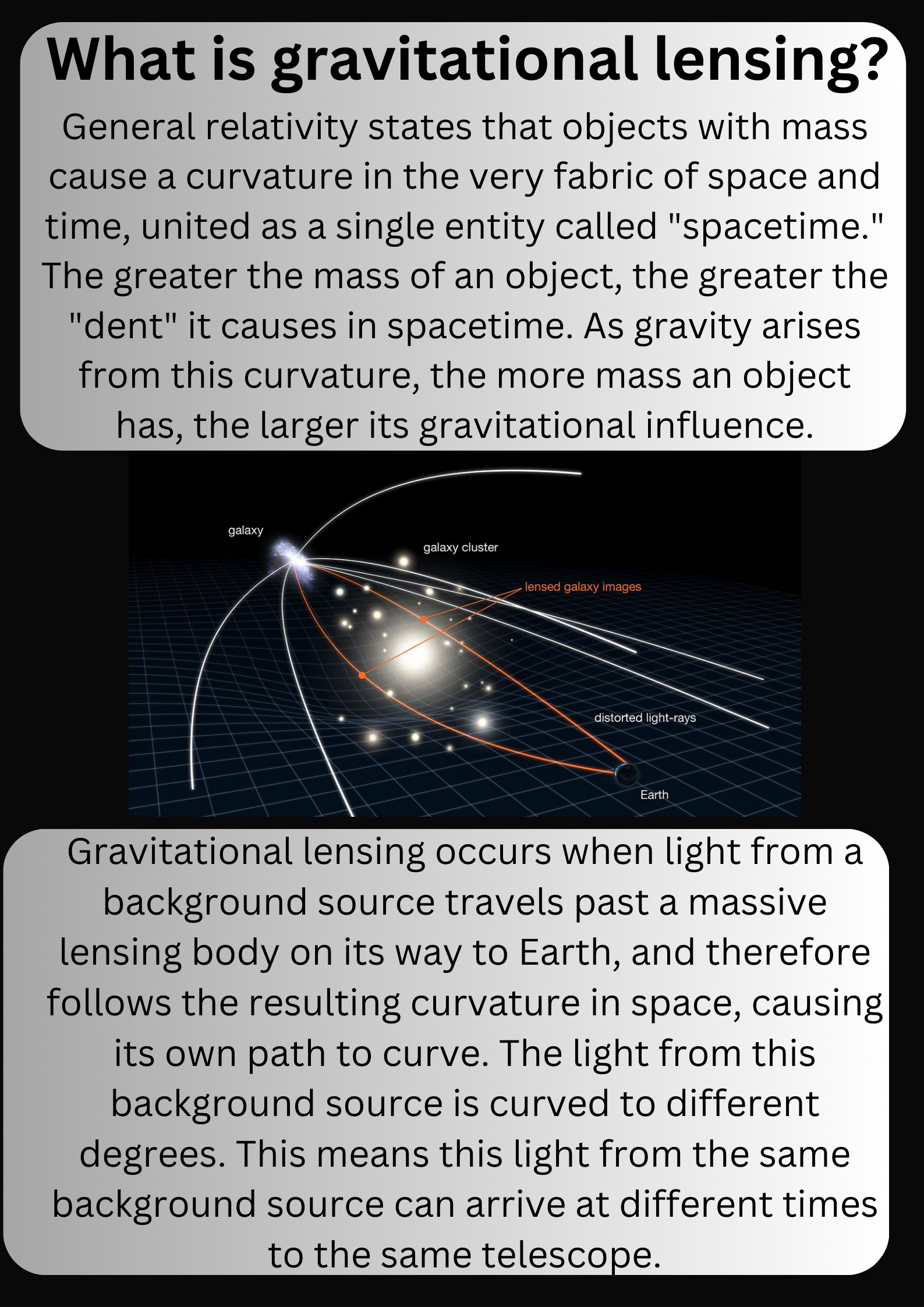
Gravitational lensing becomes useful to planet-hunters when planets pass background stars not associated with them. The way these planets warp space causes a tiny shift in the stars' position when seen from Earth.
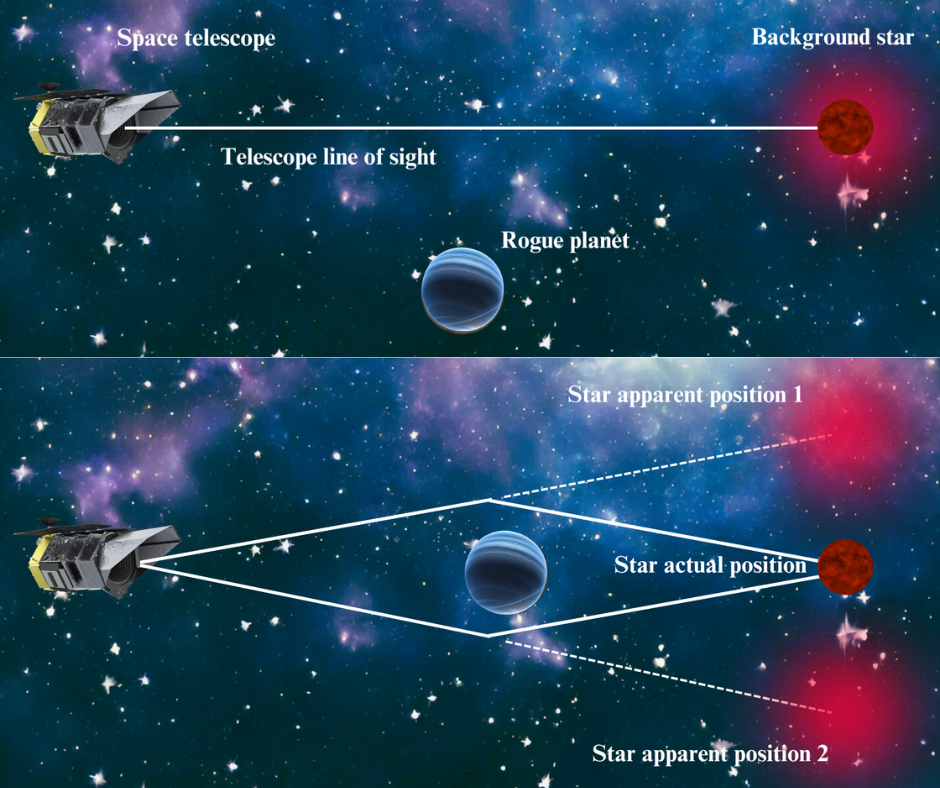
This effect, called "microlensing," can therefore be used to detect otherwise dark planets way beyond the limits of the solar system that are effectively invisible using traditional light-based astronomy.
A star and its planet or a planet and its moon?
In this case, the team detected a microlensing signal that indicated two cosmic objects. They determined one of these lensing bodies has a mass around 2,300 times greater than its companion, but weren't able to determine the exact masses of the objects because they were simply too far away.
"Determining the mass ratio is easy," team member David Bennett, a senior research scientist at the University of Maryland, College Park and NASA Goddard, said. "It’s much more difficult to calculate their actual masses."
Bennett was part of the team behind the 2011 discovery that suspected that the lensing bodies were a star with a mass around one-fifth of the sun's mass and a planet 29 times as massive as Earth.
Alternatively, the first object could be a closer "rogue planet" with no parent star and a mass around 4 times that of Jupiter. That would have made the second lensing body a moon associated with this planet.
Get the Space.com Newsletter
Breaking space news, the latest updates on rocket launches, skywatching events and more!
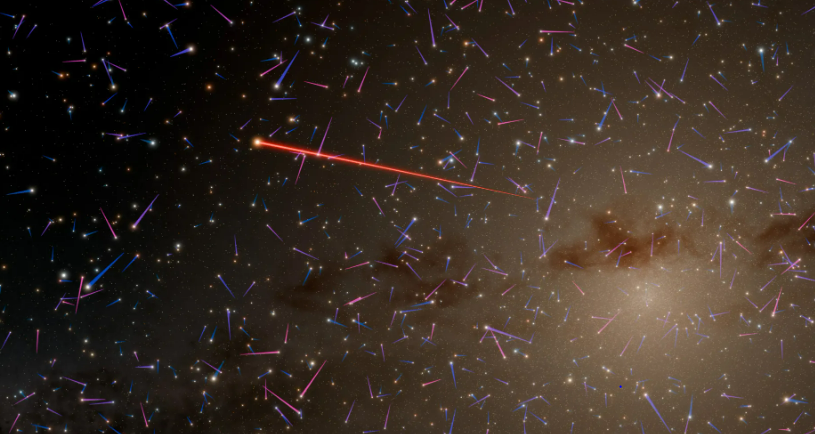
To end this confusion, Bennett joined this new team, and they began scouring data collected by the Keck Observatory in Hawaii and the star-tracking spacecraft Gaia.
The team reasoned that if this pair of lensing bodies were indeed a rogue planet and its trailing moon, then without the aid of lensed background starlight, they would be invisible.
However, if this is a star dragging along a super Neptune, then, though the planet would be too faint to see, the light from the star should make it identifiable.
This search seems to have been successful. The researchers spotted a strong suspect star located around 24,000 light-years from Earth. That places the star right by the central bulge of the Milky Way, where stellar bodies are densely packed.
The team then looked at the star's position in 2011 and compared it to its location in 2021. The change in location over 10 years revealed the system's high speed.
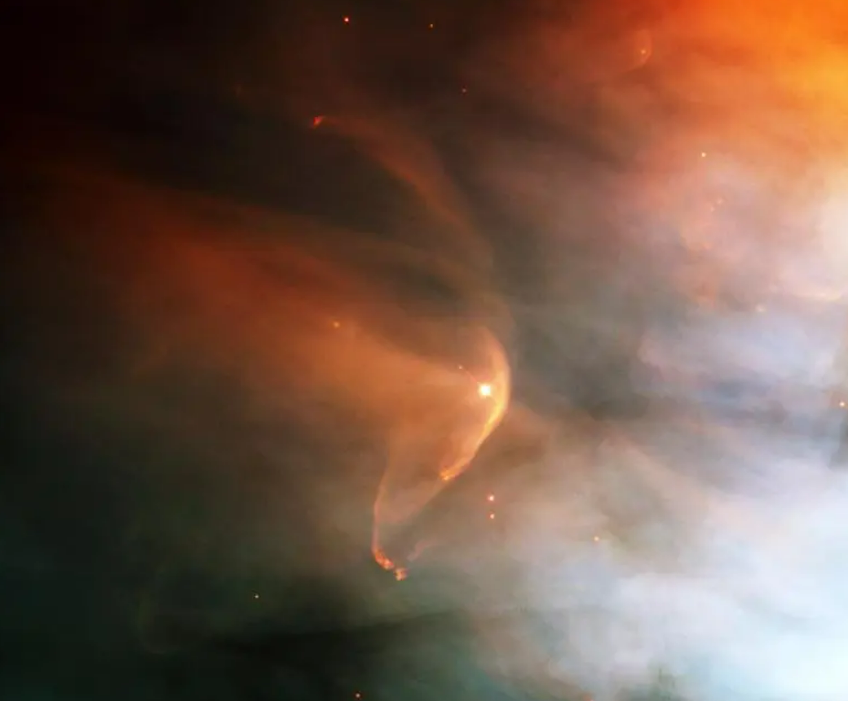
Though the scientists have estimated this star is dragging its exoplanet along at 1.2 million mph, what they have examined thus far represents its motions in just two dimensions.
The star system could also be moving towards or away from Earth. If it is, this could push its speed up to over 1.3 million mph (600 kilometers per second).
This is significant because that speed exceeds the escape velocity of the Milky Way. That means this hypervelocity star and its planet could be destined to escape the Milky Way and go intergalactic, though this process would take millions of years.
The team will now attempt to conclusively determine if the lensing body spotted in 2011 is indeed this suspect star.
"If high-resolution observations show that the star just stays in the same position, then we can tell for sure that it is not part of the system that caused the signal," team member and University of Maryland researcher Aparna Bhattacharya said. "That would mean the rogue planet and exomoon model is favored."
Moving beyond this system, this team and other scientists will now attempt to discover more planets associated with hypervelocity stars. This search will get a major boost when the Nancy Grace Roman Space Telescope launches in May 2027.
Roman could also help get to the bottom of what launches some stars with such incredible speeds.
"In this case, we used MOA for its broad field of view and then followed up with Keck and Gaia for their sharper resolution, but thanks to Roman’s powerful view and planned survey strategy, we won’t need to rely on additional telescopes," Terry said. "Roman will do it all."
The team's research was published on Tuesday (Feb. 10) in The Astronomical Journal.
Join our Space Forums to keep talking space on the latest missions, night sky and more! And if you have a news tip, correction or comment, let us know at: community@space.com.

Robert Lea is a science journalist in the U.K. whose articles have been published in Physics World, New Scientist, Astronomy Magazine, All About Space, Newsweek and ZME Science. He also writes about science communication for Elsevier and the European Journal of Physics. Rob holds a bachelor of science degree in physics and astronomy from the U.K.’s Open University. Follow him on Twitter @sciencef1rst.
-
rod "In this case, the team detected a microlensing signal that indicated two cosmic objects. They determined one of these lensing bodies has a mass around 2,300 times greater than its companion, but weren't able to determine the exact masses of the objects because they were simply too far away."Reply
313 exoplanets show confirmed by microlensing at this site, https://exoplanet.eu/home/
Masses range 0.0009000 mjup for OGLE-2016-BLG-1928 b up to 61 mjup for KMT-2021-BLG-1643 b
